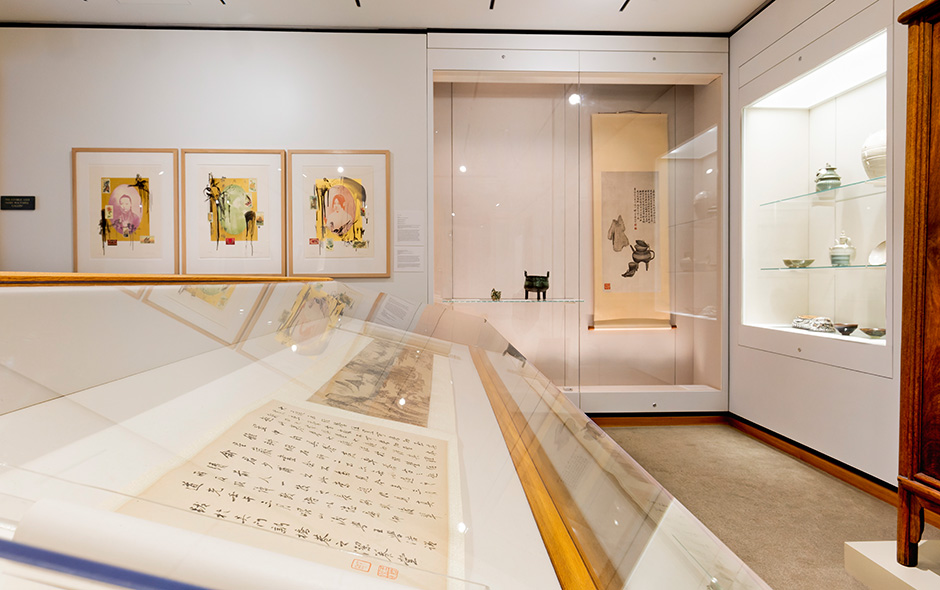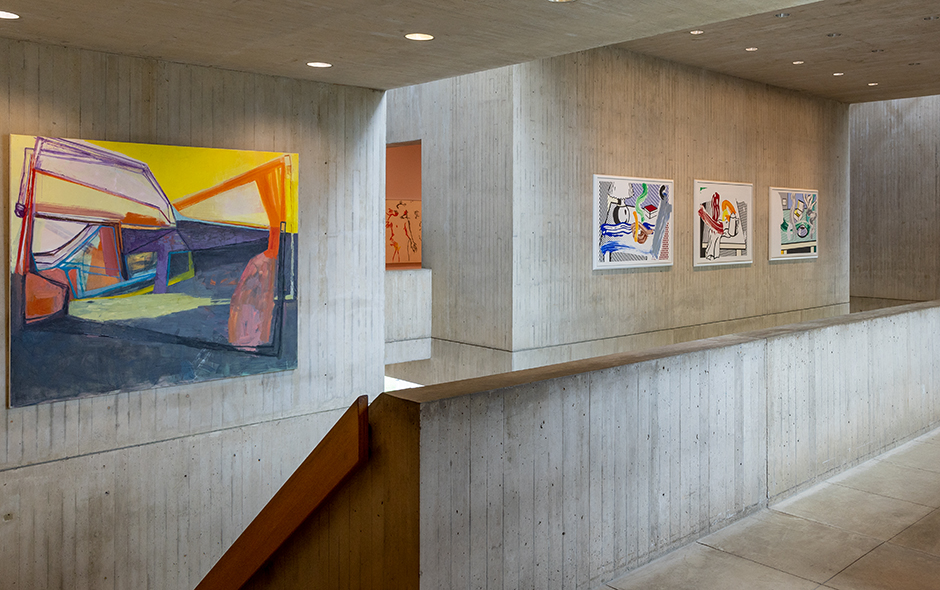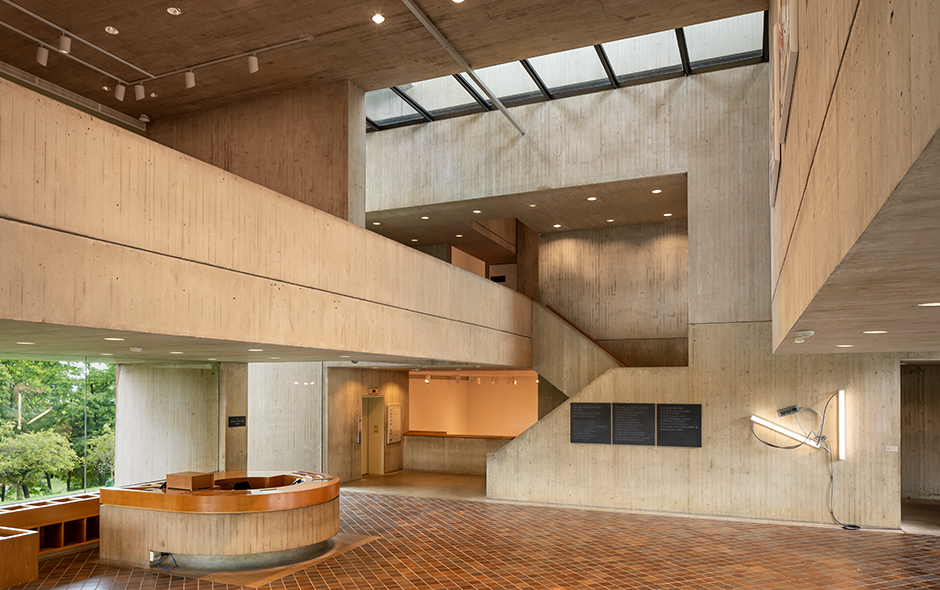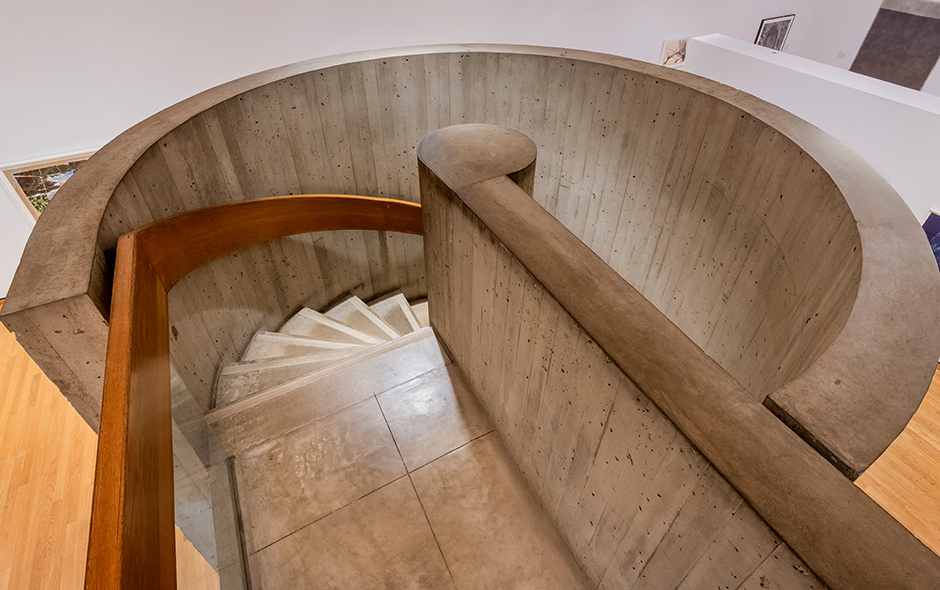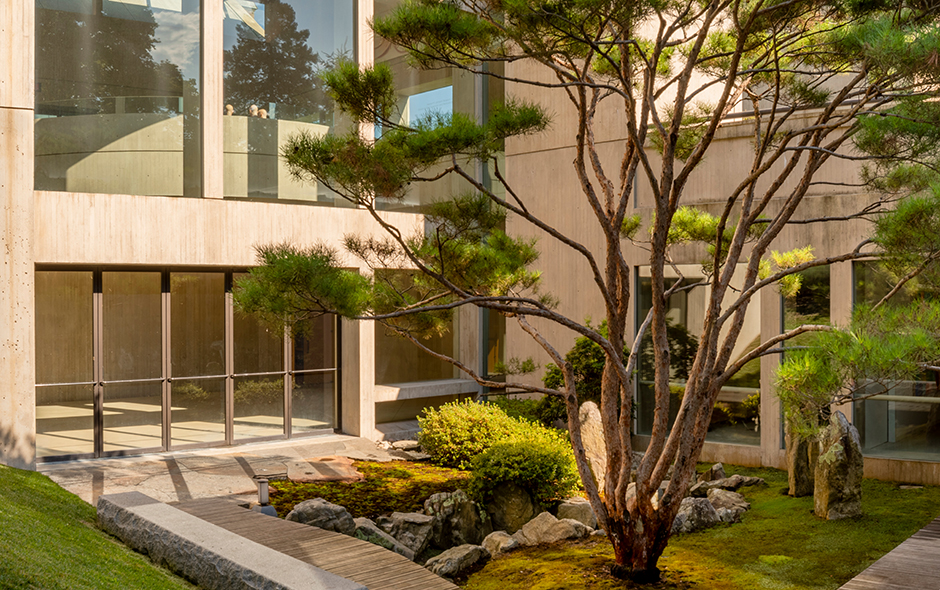Ingen Ryuki (Yinyuan Longqi)
(Japanese, born China, 1592 – 1673)
Ichi sho ki fu un (One shout breaks through the wind and clouds)

Object Details
Artist
Ingen Ryuki (Yinyuan Longqi)
Date
ca. 1672
Medium
Hanging scroll: ink on paper
Dimensions
51 1/4 × 13 7/8 inches (130.2 × 35.2 cm)
Credit Line
Acquired through the George and Mary Rockwell Fund
Object
Number
2007.015
A native of Fujian Province, Ingen was serving as abbot of the Wanfu Temple on Mt. Huangbo when he w(…)
A native of Fujian Province, Ingen was serving as abbot of the Wanfu Temple on Mt. Huangbo when he was invited to Japan at the age of 62, where he and a large group of Chinese monks and artisans joined the Kofukuji in Nagasaki. After meeting the shogun in Edo, Ingen was granted permission to establish a new temple in Uji, near Kyoto, which he named Obaku Manpukuji after his temple in China. At a time when Japan was essentially closed to foreigners, the Chinese-born Obaku monks had a profound cultural impact on Zen Buddhism and also introduced the latest Ming styles to Japanese art and calligraphy. Ingen¿s calligraphy style was highly influential, becoming the basis for what is known as the Obaku Zen style.Whereas in China pairs of single column calligraphy scrolls would flank a doorway, in Japan a single scroll was better suited to display within the tokonoma alcove of a home or tea house, so monks like Ingen adapted to this custom by producing single scrolls. Here the Zen phrase refers to the moment of achieving satori (enlightenment).




